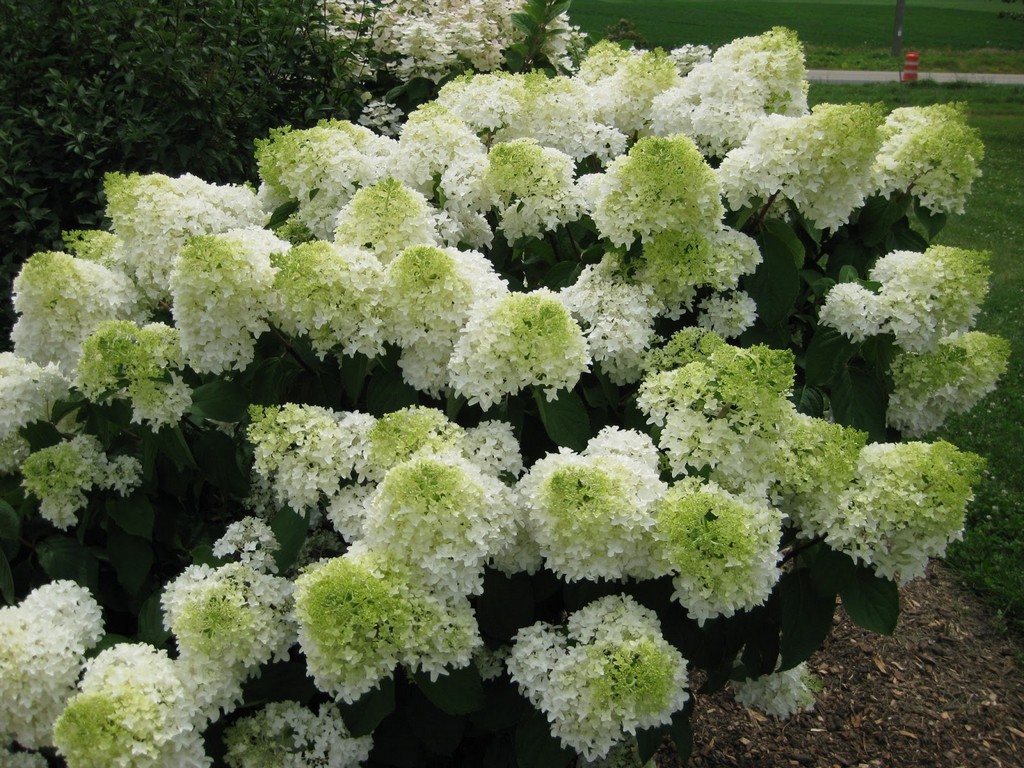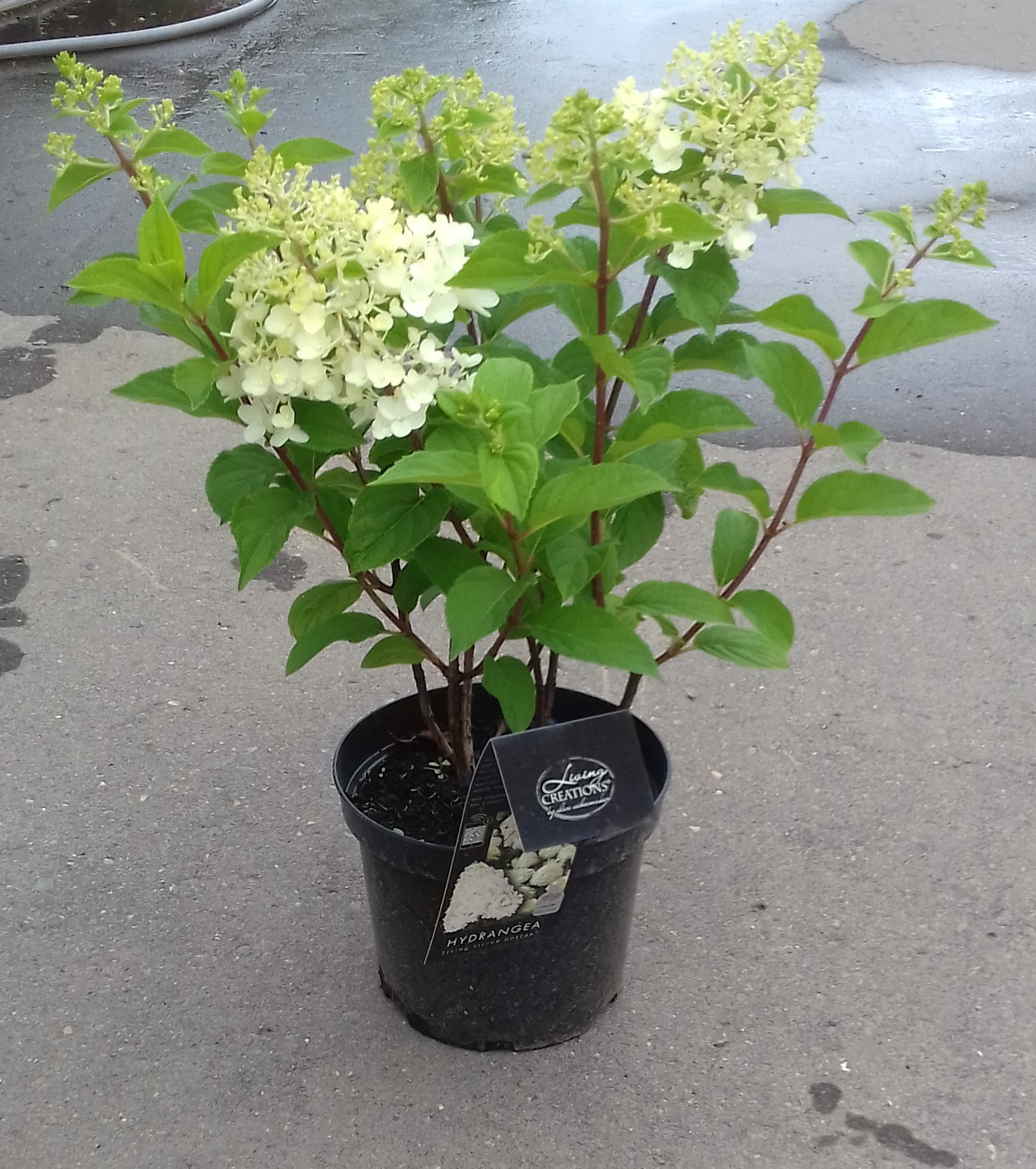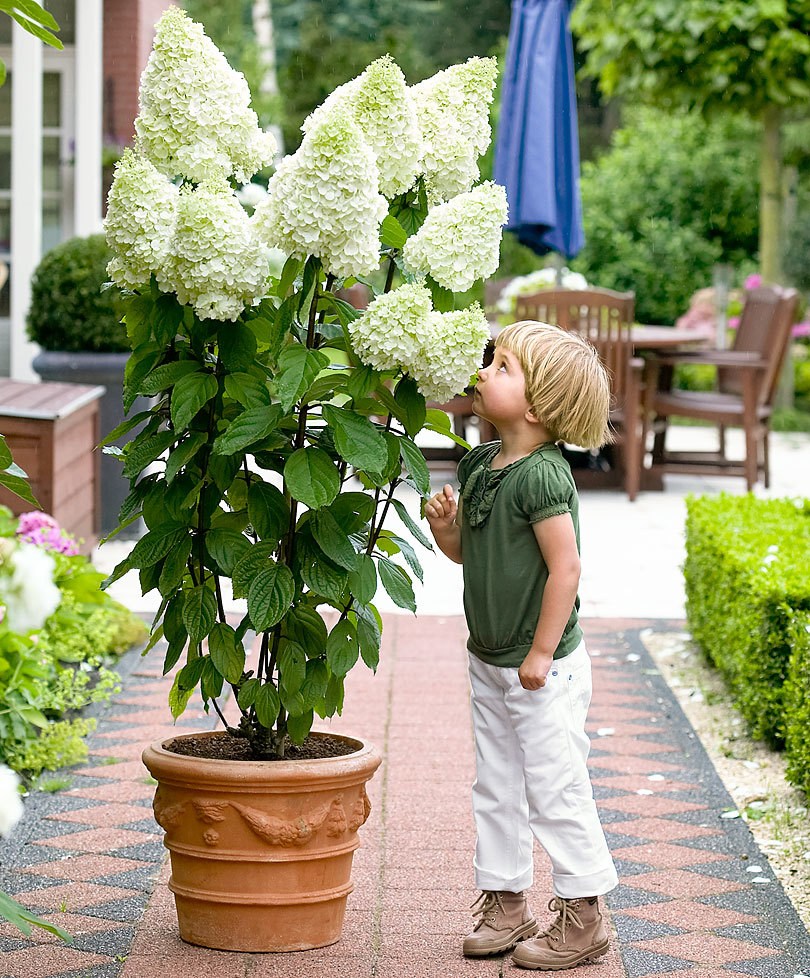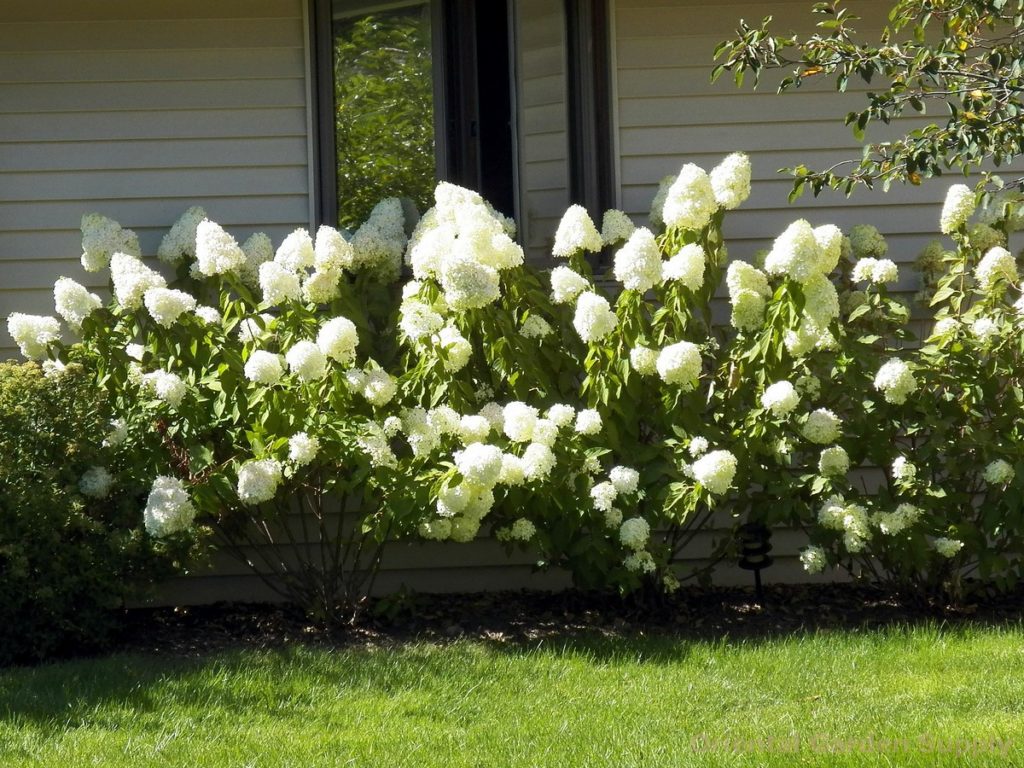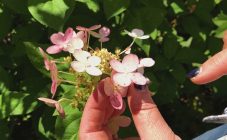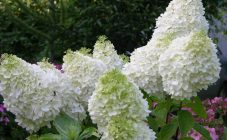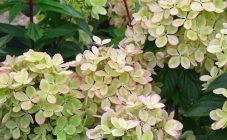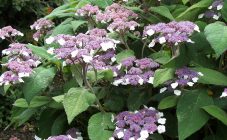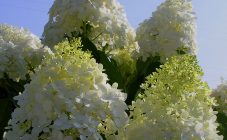Hydrangea Polar Bear is one of the most winter-hardy species of this plant. It is able to survive cold temperatures down to -40 ° C. This is considered the most important plus for growing a plant in Russia. Many summer residents fell in love with the variety precisely for these qualities. But hydrangea Polar Beer is famous not only for its high frost resistance. This variety has a number of advantages, which will be described in detail below.
Features of the view
The variety of panicle hydrangea Polar Beer is produced by selection of two famous panicle varieties:
- Grandiflora;
- Limelight.
Now, each of these varieties is cheap, because there is a better look.
According to the description, each of these varieties separately has a number of significant disadvantages. For example, the first species is famous for its large gorgeous flowers, but it has rather thin spreading branches, which further leads to fragility, especially after rainy weather. Therefore, the plant needs constant support. The second variety, on the contrary, has small and not very attractive flowers, but is famous for its high frost resistance. Plus, the buds of this type of plant during the flowering period are able to change color from bright pistachio to pale pink.
Thanks to selection, all the advantages of the varieties are combined in the Polar Beer panicle hydrangea. They made this species not only frost-resistant, with rather large spectacular flowers, the inflorescences of which reach up to 40 cm, but also undemanding to care for. Considering all the advantages of this variety, the Polar Beer hydrangea is often used in landscape design. And the color change during the entire bloom from rich pistachio to white, cream and pinkish, makes the garden design beautiful and graceful.
The flowering season of the Polar Bear hydrangea begins approximately in early July and ends in late autumn. It can grow up to 180 cm in height. Due to the even distribution of the flowers throughout the bush, this makes the plant more fluffy, which gives the impression of a uniform bouquet. Quite large flowers, exceeding 3 cm in diameter, spread a stunning aroma that can turn anyone's head.
Landing
Before transplanting the Polar Bear hydrangea to a summer cottage in open ground, it is recommended that you first choose the right place for planting. The bed should be done on the south side, the soil should be without lime added to it.
This is a very significant factor for this variety, since growth under open sunlight can lead to minimal flowering, and in the future, its complete cessation. It is recommended to protect the plant from gusty winds and the dining sun for up to a year, carefully tying it up.
Hydrangea Paniculata Polar Bear is a very moisture-loving plant, and therefore needs constant abundant watering, especially if it is in the open sun.
Polar Beer needs not only moisture, but also rich, productive soil. Usually gardeners use different techniques to enrich the soil. Most often, in a ratio of 1: 2: 1: 2, soil is made from such components as:
- peat;
- humus;
- sand;
- leafy land.
The soil for planting should not be too acidic, pH not more than 5.
In the southern part of Russia, it is recommended to plant the flower in open soil in the fall, in September-October. In the northern regions of the country, it should be planted in a summer cottage in the spring, not earlier than April.
Considering all the nuances associated with the hydrangea root system, it is recommended to plant the plants at a distance of at least 1 meter from each other. This is due to the fact that the roots of this variety do not grow in depth, but have a branched shape.
Pits should be made shallow, about 30 cm wide and the same depth. Before planting the hydrangea in the groove, you must fill 1/3 of the bucket of peat compost. You need to bury the seedling up to the root collar and immediately after falling asleep with earth, water it abundantly. In no case should the soil be tamped. At the end of watering, it is advisable to gently loosen the soil around the plants. Watering must be done with warm water, rain can be used.
Fertilizer
It is necessary to feed hydrangea in 4 stages:
- In the spring, top dressing during planting;
- At the end of spring, during the appearance of buds, specialized mixtures with the presence of potassium, urea, superphosphate are used for fertilization. A couple of weeks after the first feeding, it is necessary to fertilize the soil again for better flowering.
- In July, it is necessary to use complex fertilizers together with abundant soil moisture;
- In the late autumn period, when preparing hydrangeas for wintering, specialized fertilizer mixtures are used.
To prepare the fertilizer, mix the following ingredients in 10 liters of water:
- superphosphate - 20 g;
- potassium nitrate - 10 g;
- ammonium nitrate - 10 g.
Also, soil enrichment can be done using 10 liters of slurry mixed with 1 kg of mineral fertilizers.
Throughout the summer period, it is desirable to feed with the following composition per 2 m²:
- 160 g - superphosphate;
- 80 g - sulfuric potassium.
This hydrangea variety prefers a variety of fertilizers.
Care preferences
Hydrangea of the Polar Beer variety is a moisture-loving plant. Watering should be regular and abundant, at least 15 liters of water once a week. During the rainy season, irrigation can be limited to once a month. To harden the shoots, watering should be done with potassium permanganate.
Periodically it is recommended to carry out mulching using:
- peat;
- humus;
- sawdust.
In the fall, it is necessary to huddle the hydrangeas to a height of at least 20 cm. Loosening and weeding also play an important role in the cultivation of the Polar Beer hydrangea. Hilling should be done to a depth of no more than 5 cm, so that this does not lead to injury to the root system.
Hydrangea Paniculata Polar Bear is known to gardeners for rather large flowers, but proper pruning is necessary in order for the buds to be bright and large. It is done as follows:
- With the onset of spring before the leaves bloom, it is recommended to remove the old branches of the previous growth.
- More developed shoots must be removed with garden shears.
- During the formation of inflorescences, the frail branches with buds should be cut off.
In order for the plant to bloom with large and bright buds, regular abundant soil moisture is needed, especially on hot and dry days. If this is not done, the hydrangea will bloom in small, unattractive and dull flowers.
Reproduction
Hydrangea of the Polar Bear variety is propagated by:
- winter cuttings;
- reproduction by layering;
- division of bushes;
- seeds;
- grafting.
Use in landscape design
Hydrangea Polar Beer is often used in landscape design. Its application is varied:
- hedge;
- mixborder;
- single landings.
Usually, bushes are planted on the lawn alone and in combination with other plants. In a mixborder, hydrangea is used in conjunction with shrub compositions and herbaceous perennials.
Planting hydrangeas in a hedge on the site has recently been very popular, especially in the foreground. And with the use of such a spectacular variety as Polar Beer, the flower bed will look enchanting. A hedge is usually used to separate areas on the site and is planted up to 1.5 m.
Considering all the nuances of the Polar Beer variety, you can grow a beautiful garden of hydrangeas with stunningly beautiful large flowers.
